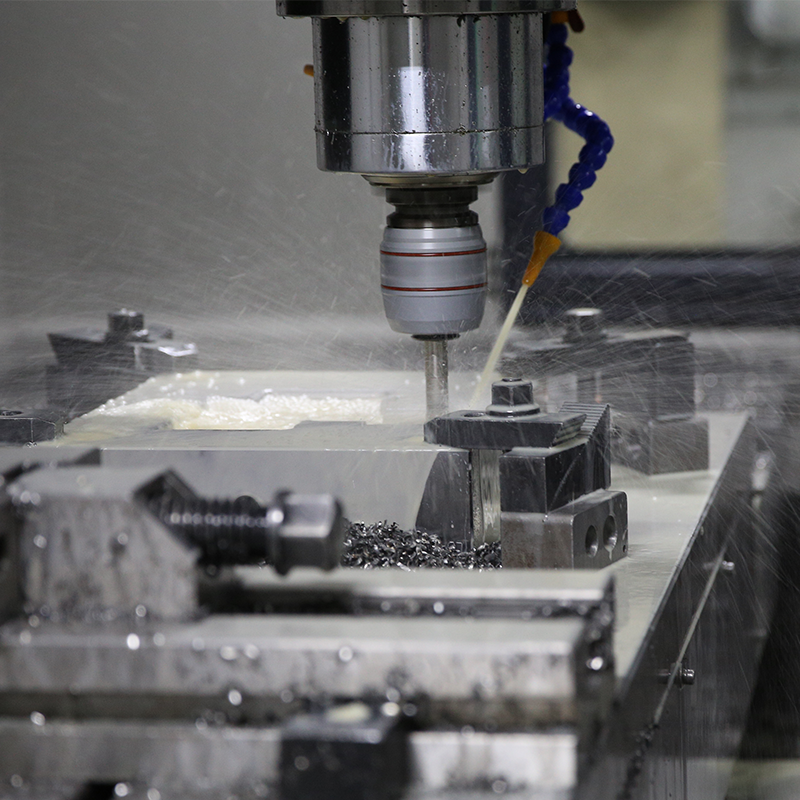-
 zhao
Hi there! Welcome to my shop. Let me know if you have any questions.
zhao
Hi there! Welcome to my shop. Let me know if you have any questions.
Your message has exceeded the limit.

What to do when chipping occurs during cnc machining?
2024-04-24 15:53:43
In the process of CNC machining, chipping is one of the more common technical problems. It not only affects the processing quality of the product, but also increases production costs and reduces productivity. So, when encountered CNC machining chipping phenomenon how to deal with it?
Simply put, chipping is the tool in the machining process can not withstand excessive cutting force and lead to damage or fracture. It is usually associated with a number of factors such as tool material, machining process, machine condition and workpiece material.
For tool materials, it is very important to choose tools with appropriate hardness and toughness. Although the high hardness of the tool has better wear resistance, but too brittle and hard is also easy to lead to chipping; on the contrary, too low hardness will lead to rapid tool wear. Therefore, in the selection of tools should be comprehensive consideration of its hardness and toughness.
The choice of machining process is also very critical. For example, if unsuitable cutting parameters such as cutting speed and feed are selected, it may lead to chipping.
The condition of the machine tool is also a factor that cannot be ignored. For example, the rigidity, stability and vibration of the machine tool will indirectly affect the working condition of the tool. If the machine has excessive vibration or instability, then even the best tool and machining process is difficult to avoid chipping.
Of course, the material and structure of the workpiece itself will also affect the chipping phenomenon. For example, some difficult-to-machine materials such as titanium alloy, stainless steel, etc. due to its high strength and high plasticity makes cutting difficult, easy to produce chipping.
When facing the chipping phenomenon, can be dealt with from the following aspects:
First, check and optimize the machining process. Re-evaluate whether the selected cutting parameters are reasonable, such as cutting speed, feed, etc., to ensure that it is within the optimal range.
Second, improve the working condition of the machine tool. Regular maintenance and repair of the machine tool to ensure that the components work properly and reduce unnecessary vibration and error.
Third, adjust the workpiece clamping method. Reasonable clamping can reduce the displacement and vibration of the workpiece during machining, thus reducing the risk of chipping.
Fourth, choose the right coolant and control the cooling conditions. Coolant can not only take away the cutting heat, but also lubricate the tool and workpiece, reduce friction and extend tool life.
Fifth, adopt advanced processes suitable for complex machining, such as high-speed machining and deep-cooling treatment, in order to improve machining efficiency and quality.


